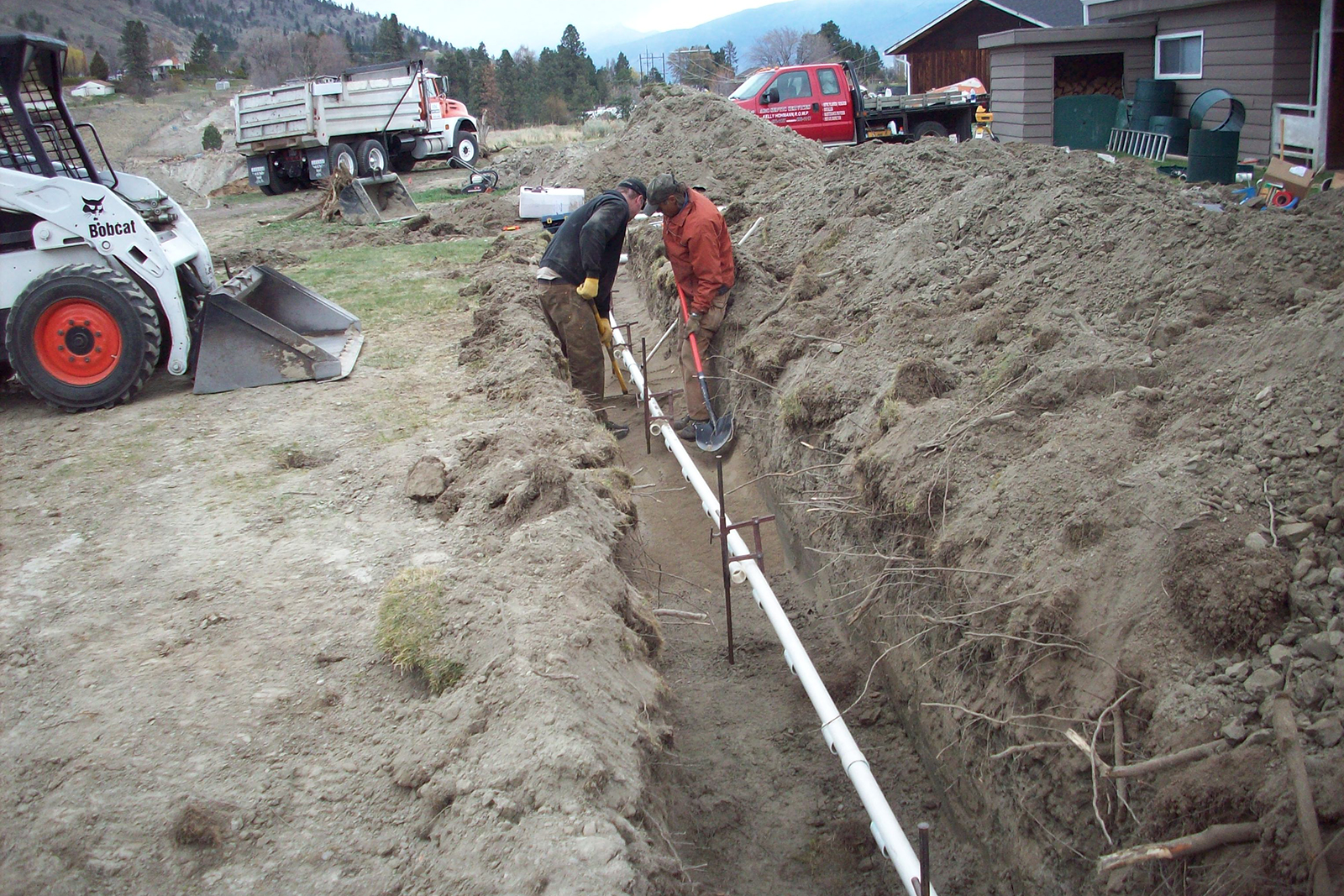Understanding the costs involved in managing a system is crucial. If you’re planning to upgrade or upgrade a sewer system, understanding the price of installation can help you prepare a budget and avoid surprises. There are various factors that contribute to the septic system cost.

The cost to set up an septic tank and a leach field can differ greatly depending on several key factors. The size of the septic system is a major factor. Homes with a higher use of water typically require larger leach fields and septic tanks and will have a greater total cost. Additionally, the soil conditions and topography of the land will affect the difficulty of the installation process and, consequently, the cost. If the soil is difficult to dig, it could need more excavation or specialized treatments. These may increase the costs.
The kind of leach field or septic tank system you choose can also affect the cost. Prices can vary based on material and design. Concrete tanks in general tend to be less expensive than alternative options like plastic or fiberglass tanks. Furthermore, environmentally friendly or advanced treatment systems may be more costly, but they provide other benefits, such as improved water treatment and conservation.
While the initial cost of installing a leach field and septic tanks is an expensive cost, you should be aware of the long-term costs associated with repairs and maintenance. Septic tanks last of about 25 to 30 years, depending on factors such as usage of the tank, maintenance requirements, and materials that are used. In time, the tanks could require repairs or replacement. It’s crucial to consider not just the tank, but all upgrades and costs required to meet current regulations when calculating how much it would cost to replace the septic system.
The cost of a septic tank replacement can vary depending on its dimensions, the type of tank and its complexity. In some instances it might be necessary to remove the old tank and dispose of it correctly, and prepare the site for the new installation. Additionally, if the regulations have changed in the time since the first installation it is possible to incur additional costs in order to bring the new septic system up to date.
It is important to maintain your septic tank and get it inspected on a regular basis. This will help you avoid unanticipated costs and ensure that the replacement process runs smoothly. Routine inspections can lead to an early detection of problems which could lead to prompt repairs and increase the life of the septic system. It is crucial to regularly flush the tank to avoid solids accumulating.
To ensure that you receive the most affordable price for your replacement or installation of a septic system, make sure to look at quotes from reliable contractors. Comparing estimates will give you an understanding of the average prices in your locality and allow you to make an informed choice. Find out about any warranties or assurances that contractors may offer in relation to the work they carry out and the products they use.
Understanding the septic tank replacement costs as well as the overall costs of septic systems is important for property owners and homeowners. You can plan your budget for the construction or replacement of a leachfield and septic system by taking into account factors such as dimensions, materials, soil conditions, and the possibility of future costs. Regular inspections, maintenance, and proper care are key to maximizing the lifespan of your septic system, and in reducing future costs. Make sure to invest in an effective septic system will doesn’t just ensure that your wastewater is properly managed, but is also a major factor in the overall quality and efficiency of your home.